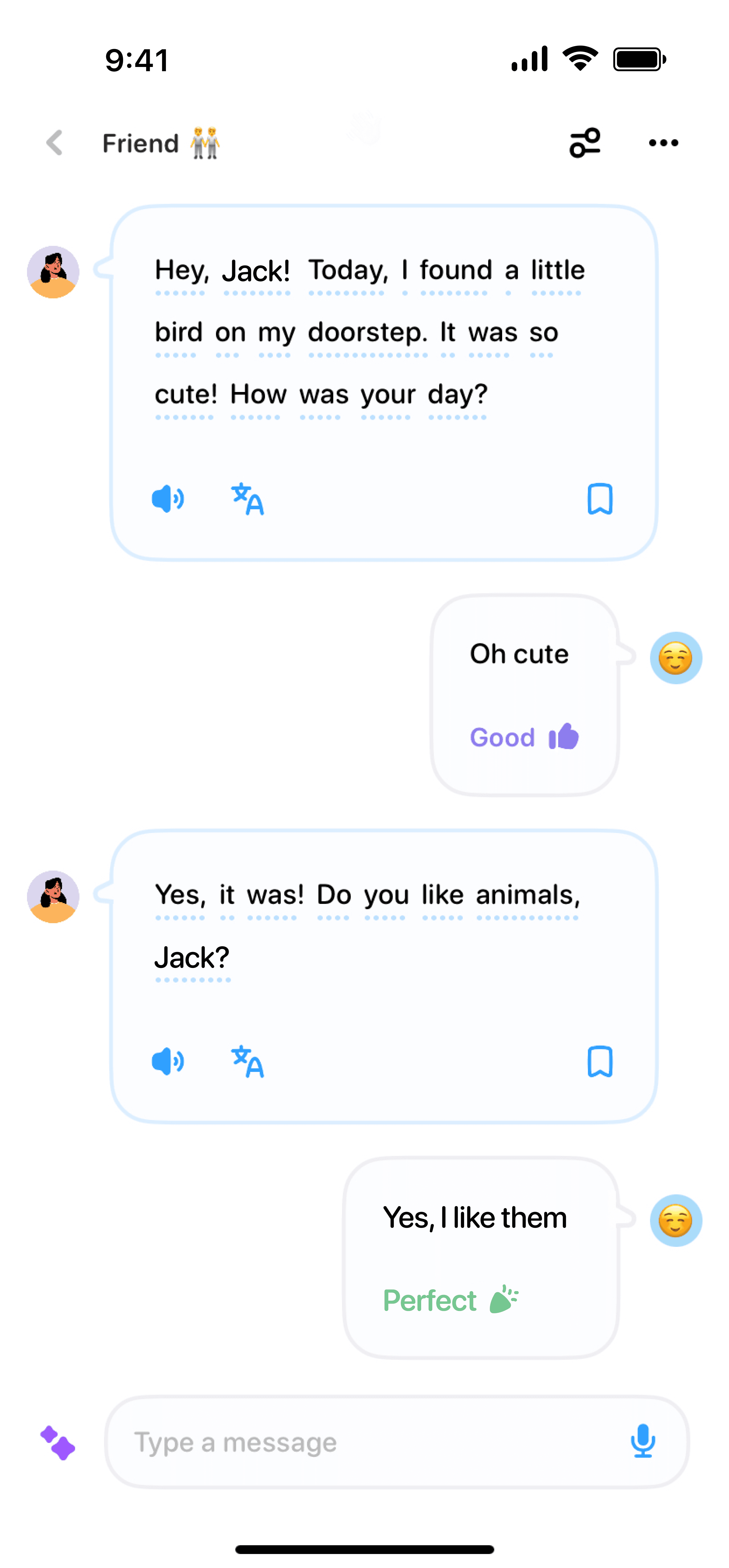06/02/2024
·
Emma Robbie
Are you curious about the easiest Asian languages to learn for English speakers? Whether you want to travel, connect with new cultures, or just challenge yourself, learning an Asian language can be a fantastic choice. So, let’s dive in and explore some options that are relatively easy for native English speakers to pick up!
Why Learn an Asian Language?
Asia is home to some of the world’s most vibrant cultures and booming economies. By learning an Asian language, you can unlock new travel opportunities, enhance your career prospects, and even make new friends. Plus, it’s a fun way to challenge your brain and keep it sharp!
1. Indonesian
If you’re looking for the easiest Asian language to learn for English speakers, Indonesian is a great start. The language uses the Latin alphabet, which is already a huge plus for English speakers. Additionally, Indonesian grammar is quite straightforward—no verb conjugations, no gender, and no tones!
Latin Alphabet: Same as English.
Simple Grammar: No conjugations or gender.
No Tones: Unlike many Asian languages, pronunciation is a breeze.
With its easy grammar and familiar alphabet, Indonesian definitely tops the list of easy languages to learn in Asia.
2. Malay
Next up is Malay. Like Indonesian, Malay uses the Latin alphabet and shares similar grammar rules. In fact, Indonesian and Malay are mutually intelligible to a large extent, so learning one gives you a head start on the other!
Latin Alphabet: Check!
Shared Vocabulary: Many words are similar to Indonesian.
No Tones: Again, no need to worry about tonal differences.
3. Tagalog (Filipino)
Tagalog, also known as Filipino, is another relatively straightforward Asian language for English speakers. The Philippines has a large English-speaking population, so you’ll find lots of resources to help you learn. Tagalog uses the Latin alphabet and incorporates many Spanish and English loanwords, which can make vocabulary acquisition easier.
Latin Alphabet: Yes!
Loanwords: Many familiar words from Spanish and English.
Rich Resources: Plenty of learning materials available.
4. Hindi
While Hindi uses the Devanagari script, which might seem daunting at first, it follows a logical and phonetic pattern. Once you familiarize yourself with the script, Hindi grammar is relatively straightforward. Learning Hindi can also open doors to understanding other languages in India, like Urdu and Punjabi.
Phonetic Script: Devanagari script is consistent in pronunciation.
Grammar: Less complex than you might think.
Widely Spoken: Knowing Hindi can help you navigate India with ease.
5. Japanese
Okay, so Japanese might not be the absolute easiest, but it’s more accessible than you think! Japanese grammar is quite regular, and verbs are conjugated simply compared to other languages. Plus, once you learn Hiragana and Katakana (the two phonetic syllabaries), you can start reading basic Japanese. And let’s not forget how immersive and fun Japanese culture can be!
Regular Grammar: Yes, it really is!
Phonetic Syllabaries: Hiragana and Katakana are learnable.
Cultural Immersion: Anime, manga, and more to keep you motivated.
Final Thoughts
So, which easiest Asian language to learn for English speakers will you choose? Whether it’s Indonesian, Malay, Tagalog, Hindi, or even Japanese, each language offers unique rewards and opportunities. Dive in, embrace the challenge, and enjoy the journey to multilingualism!



